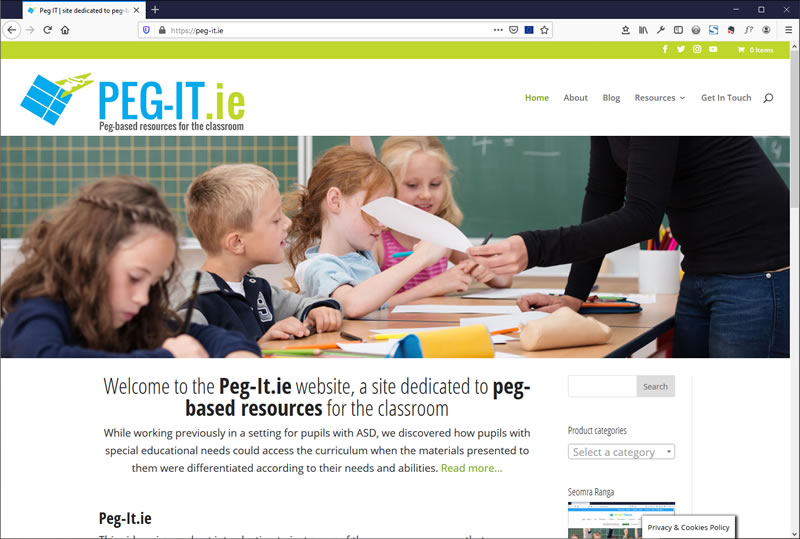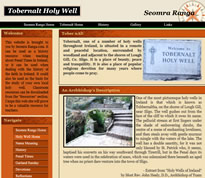
Published in 2008, “17 Martin Street” is a novel by Marilyn Taylor, the same author that wrote the very successful book “Faraway Home”, with which many teachers will be familiar. Having thoroughly enjoyed “Faraway Home” and used the novel with a sixth class some years ago, I was eager to read this book which I only came across recently. Taylor revisits the same theme as “Faraway Home” for this novel, as it centres around the lives of Jews in Ireland during the period of the Second World War.
The setting this time shifts from Belfast, as in “Faraway Home”, to Dublin. Twelve year old Hetty and her Jewish family move into number 17 Martin Street in inner city Dublin during the winter of 1940. Ben lives with his family in number 19 Martin Street. Jews and Christians live side by side and the novel shows how they co-existed in an atmosphere of hatred, suspicion but also in a spirit of co-operation for the common good. The plot of the book centres around the rumours of a Jewish refugee girl who is at large in Dublin and deemed to be an “enemy alien” by the state. In her wisdom, Hetty decides that she should be the one to find this refugee girl and save her from detention or deportation. She enlists the help of her cousin in her endeavour. She also persuades another unlikely apprentice to help in the search – Ben.
Because the author decided to revisit the same theme as in “Faraway Home”, I couldn’t resist constantly comparing this book to the former and inevitably found myself favouring “Faraway Home”. While “17 Martin Street” is very well written and researched, the plot of the story seemed to me to be secondary to the setting and the time period. The author’s research vividly portrays the period of life in Dublin during the “Emergency” and especially life for the Jewish community in Dublin at that time. The contrasts and comparisons in the book between the native Dubliners and the immigrant Jewish community are also well drawn.
While I had reservations about the plot of the book, I would still recommend it in terms of teaching about the history of the period in which the book is set. For young readers who have little knowledge of World War II, life in Ireland during the Emergency or the plight of the Jewish community during this period, this novel will introduce them to all of these historical themes. Pupils will come across much historical language throughout the book which will lead to them further research and understanding: eg. the Glimmer Man, “enemy alien”, LDF, Nelson’s Pillar, Nazis, Hitler, TB, polio. The book is also littered with language pertinent to the Jewish community which children can learn about: Sabbath, challah, synagogue, Shabbos goy, Hanukkah. There are also references to situations which could be a source of conflict between some of the protagonists: Ben working as a Shabbos goy for the Jewish family; Ben’s father being a little to fond of alcohol and gambling; Ben’s cousin coming home wounded from the war, fighting in the British army; Ben’s mother being admitted to a sanitorium as a result of her TB.
At the rear of the book, the author also includes ten pages of historical notes to accompany the book. She explains how some of the characters in the book are somewhat based on real people and that some events in the story also reflect events that really occurred during this period. Also included are explanations of the Jewish festivals mentioned in the book, the bombings that occurred in Dublin during the Emergency and an explanation of TB which was endemic at the time.
This book would be suitable for use as a class novel in the senior classes in the primary school or as a historical reference when teaching about the “Emergency” in Ireland. The book is published by O’ Brien Press. (http://www.obrien.ie/) It costs €9.99 ISBN 978-1-84717-125-2 M0re information about the novel HERE>>>>>





